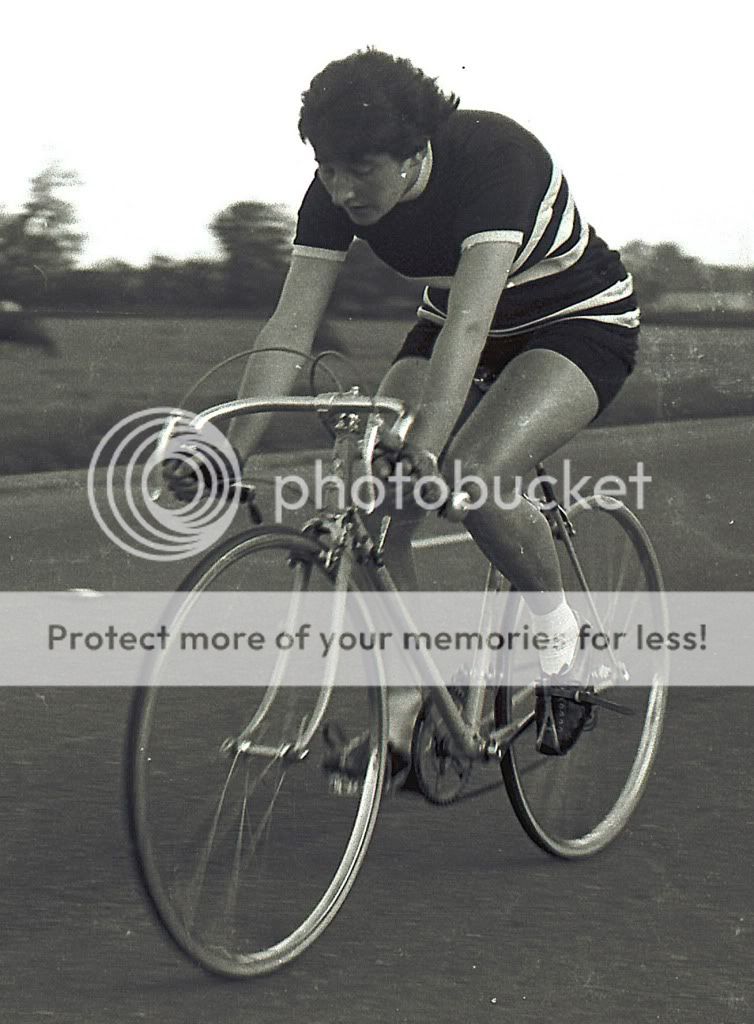Thanks for the input Keith, you're always giving really useful pointers and information. Most grateful indeed.
keithglos":22kp8mom said:
The forks would probably have been round and half inch longer, and the lever bosses unlikely to be original.
Impressive you can judge the fork length. I wouldn't have noticed it. But now you have I keep looking at it and thinking it looks funny... I'm so easily infuenced! Although I do have terrible slopping floors in my flat.
You're right on them being round originally... '52 Catalogue states round blades and round steel crown. Interestingly though, the '53 version is stated as having "oval to round section blades". So maybe not so odd to replace with oval ones, even if these are too 'fat'. But December '52 is pretty close to '53, so I guess I'll live with them. I wonder what the cut off between years was - when a new year's catalogue came out and when the model's design changed?
I'll stick the catalogue pictures in another post below this one. In case anyone is interested in the original spec.
keithglos":22kp8mom said:
Pity they couldn't find the right length of spokes, crossing one and two is definitely not 1952, and the inner spokes would have been laced in opposite directions, not the stupid american way.
I'll need to find out more on correct lacing patterns and correct wheel building as I'll redo these eventually, and I have some more 32/40h wheels to build up for a 1959 project.
The GS hubs made by FB were just about coming in I think, when did Holdsworthy start their Campagnolo agency?[/quote]
Just to add, there's another one of these owned locally, 1953 model. It has the oval to round forks and the addition of a rear brake hanger. Also it has flat rather than fluted seat stays at the seat cluster. It's as expected without the lever bosses. Interestingly it also has the FB made GS hubs, so maybe not so strange.
keithglos":22kp8mom said:
I was serving the King in 1952, and was far away
Finally, so where were you in '52? (if it's not rude to ask)



